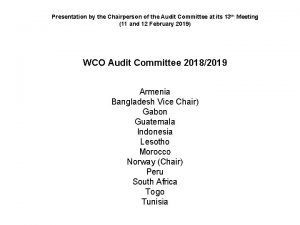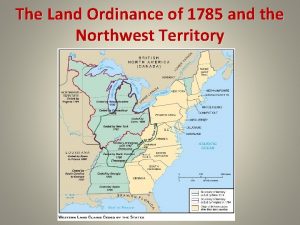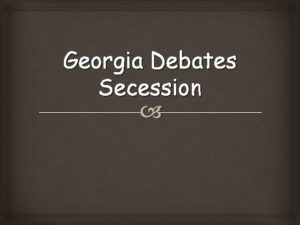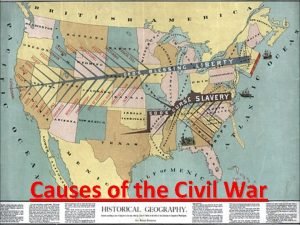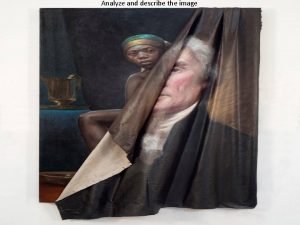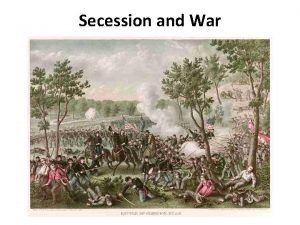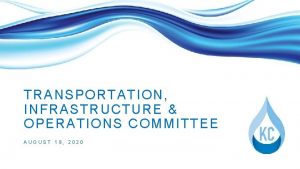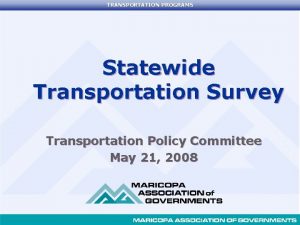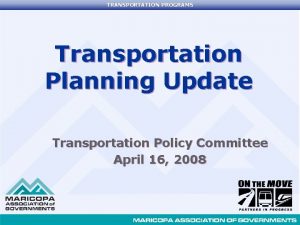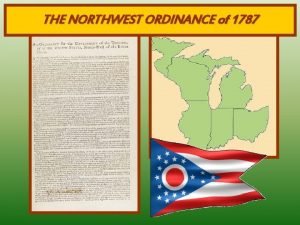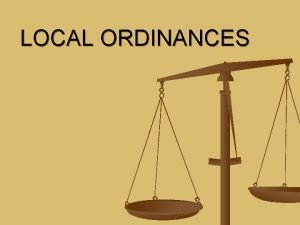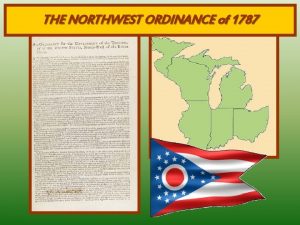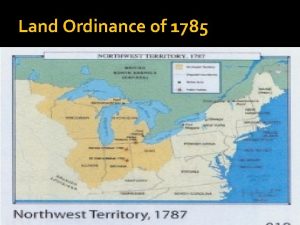PRESENTATION TO TRANSPORTATION TECHNOLOGY INFRASTRUCTURE COMMITTEE PROPOSED ORDINANCE















- Slides: 15

PRESENTATION TO TRANSPORTATION, TECHNOLOGY & INFRASTRUCTURE COMMITTEE PROPOSED ORDINANCE GOVERNING FACILITIES IN THE PUBLIC RIGHT-OF-WAY PRESENTED BY: PUBLIC WORKS AND ENGINEERING DEPARTMENT AND LEGAL DEPARTMENT AUGUST 21, 2017

WHAT IS THE TECHNOLOGY? • Network nodes are part of a wireless network system that supports or enhances data capacity used by wireless communication devices such as smart phones. The node is primarily the antenna. • The other parts of the system are: • • • the meter, radio, backup battery, amplifier, switches, and other devices. • Network poles are sometimes installed to support the network nodes. • Distributed antenna systems (“DAS”) and small cells are the two most common types of wireless network systems.

EXAMPLES OF NODES

CURRENT DAS LOCATIONS

USE OF THE RIGHT-OF-WAY • Network providers seek to install network nodes in the public right-ofway because: • The right-of-way provides them with access to a continuous piece of land, and • It enables them to deal with only one landlord.

MASTER LICENSE AGREEMENT • Current Authorization & Terms of Use - The City currently has a master license agreement with several wireless network providers that regulates their use of the public right-of-way and establishes a mechanism for compensation to be paid to the City. • City Council approved the agreement in December 2015. • Until September 1, 2017, any party that has not signed the agreement cannot use the right-of-way to install DAS or nodes. • The companies that are parties to the MLA may opt to terminate the agreement without cause. If they do, the new statute will govern use and fees in the right-of-way for poles and nodes that were installed prior to September 1, 2017.

SB 1004 • The Texas Legislature passed SB 1004 during its last regular session (2017) and authorizes wireless network providers to use municipal public right-of-way with certain restrictions. • SB 1004 provides for a significant reduction in right-of-way use fees charged by cities, and restricts the requirements cities can impose on what and where a network node, pole, or supporting equipment can be place in the right-of-way.

WHAT CAN THE CITY REGULATE UNDER SB 1004? • SB 1004 explicitly grants municipalities the authority to regulate the placement and design standards of nodes in the right-of-way in a few specified areas: • Municipal Parks – an area designated by municipal code as a public park. • Land adjacent to single family residential lots or multifamily residences next to a street that is not more than 50 feet wide. • Historic Districts – an area designated as a historic district under municipal, state or federal law. • Design Districts – an area designated by municipal code with decorative poles and for which the City maintains and enforces unique design and aesthetic standards.

CITY REGULATION UNDER SB 1004 CONT’D • The City may impose police-power based regulations in the management of the activities of network providers in the public right-of-way to the extent the regulations are necessary to protect the health, safety, and welfare of the public. This includes ensuring that all installations in the right -of-way comply with the Americans with Disabilities Act. • The City can also enforce the Public Works & Engineering Department’s current and future infrastructure and design manual and aesthetic standards in design districts with decorative poles.

FEES ALLOWED UNDER SB 1004 • Annual Public Right-of-Way Rate: may not exceed an annual amount equal to $250 multiplied by the number of network nodes installed in the public right-of -way. • Application Fee: may not exceed the lesser of: • The costs the municipality determines are incurred in granting or • processing an application, or $500 per application covering up to 5 network nodes, $250 for each additional network node per application, and $1, 000 per application for each pole. • Municipality may not require a fee for: • Maintenance that does not require excavating or closing a sidewalk • Replacing or upgrading a network node or pole with one that is • substantially similar in size or smaller Installation of micro network nodes that are strung on cables between existing poles

THE PROPOSED ORDINANCE • Establishes a process for designating design districts which will be approved by City Council. The proposed ordinance will define design districts to include areas that correspond to: • Management Districts created under Chapter 375 of the Texas Local Government Code • Tax Increment Reinvestment Zones • Cultural districts designated by the Texas Commission on the Arts • • Establishes baseline design standards for design districts. • Establishes non-discriminatory uniform standards for when the City will grant consent to an installation on a street less than 50 feet wide and adjacent to a residential lot. • • Establishes fees for use of the right-of-way. Establishes requirements for installation of facilities in historic districts and underground utilities districts. Establishes a mechanism for enforcement of the ordinance.

DESIGN DISTRICTS • SB 1004 requires that as a condition for approval of a new network node or support pole in a design district with decorative poles, a municipality may require reasonable design or concealment measures for the nodes or poles. • Under the proposed ordinance, City Council may designate (1) municipal management districts, (2) tax increment reinvestment zones (TIRZ), and (3) cultural districts designated by the Texas Commission on the Arts as a design district. • The City will maintain a list of standards for each design district that providers will be able to access before an installation. The City will also maintain a list of baseline standards that it will enforce for design districts that have not provided the City with individualized standards.

DESIGN DISTRICTS CONT’D

RESIDENTIAL AREAS • SB 1004 prohibits a provider from installing a node support pole in a public right-of-way without the municipality's consent if the right-of-way is adjacent to a street or thoroughfare that is not more than 50 feet wide and adjacent to a single-family residential lot or multifamily residence.

QUESTIONS?
 Itil information technology infrastructure library
Itil information technology infrastructure library Technology executive committee
Technology executive committee P&t committee presentation
P&t committee presentation Audit committee presentation
Audit committee presentation Loan committee presentation
Loan committee presentation Swe finance
Swe finance What is the significance of the northwest ordinance? *
What is the significance of the northwest ordinance? * Land ordinance of 1785
Land ordinance of 1785 Mental health ordinance
Mental health ordinance Debate over secession in georgia
Debate over secession in georgia Northwest ordinance lead to civil war
Northwest ordinance lead to civil war Northwest ordinance of 1787
Northwest ordinance of 1787 Northwest ordinance of 1787
Northwest ordinance of 1787 Northwest ordinance of 1787
Northwest ordinance of 1787 Vagrancy ordinance 1958
Vagrancy ordinance 1958 Northwest ordinance of 1787
Northwest ordinance of 1787



